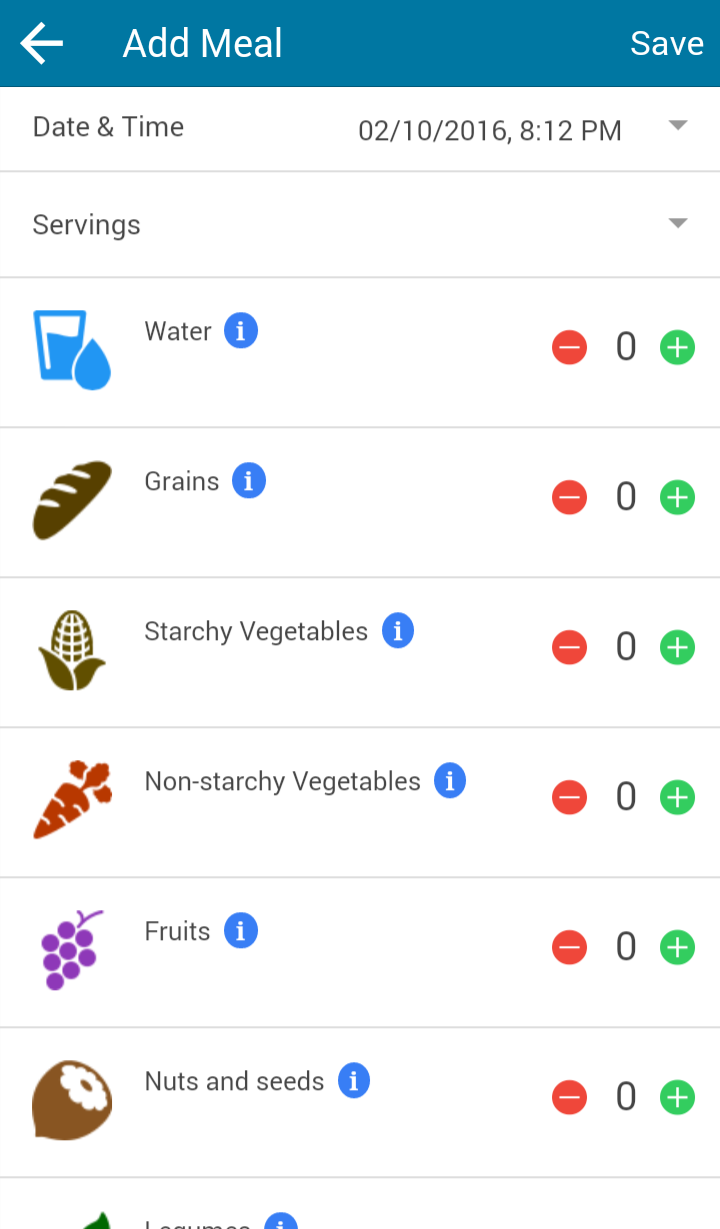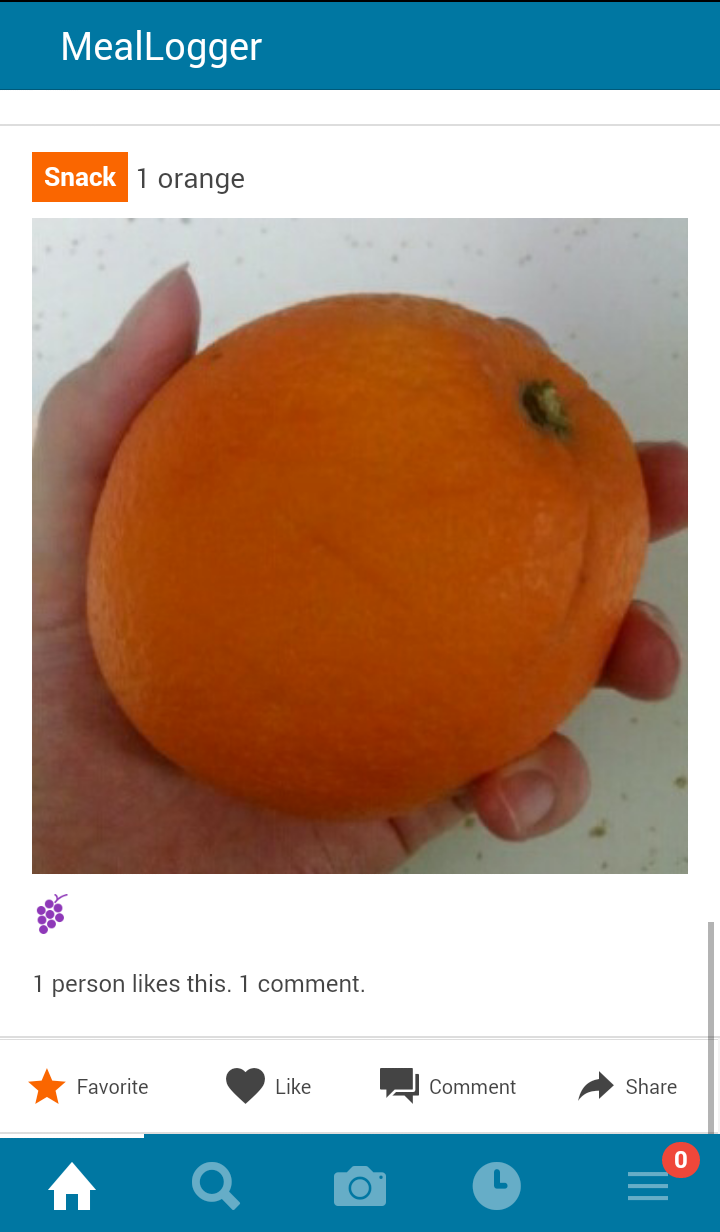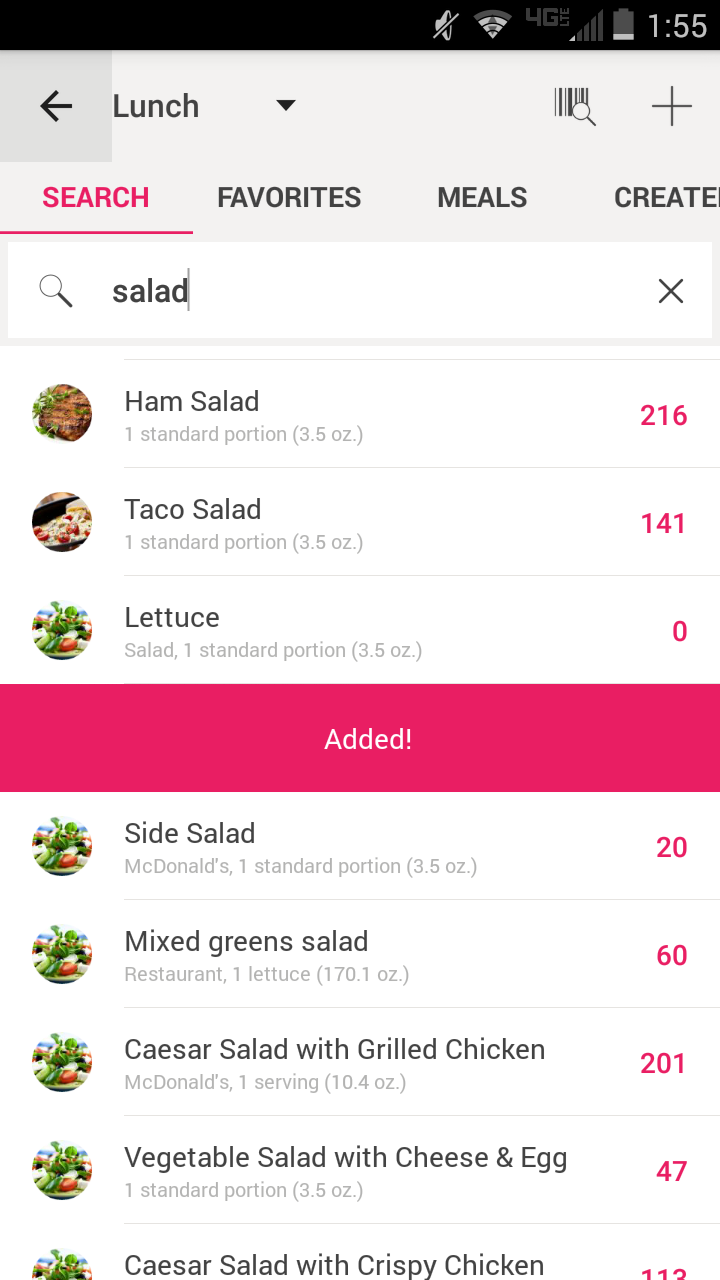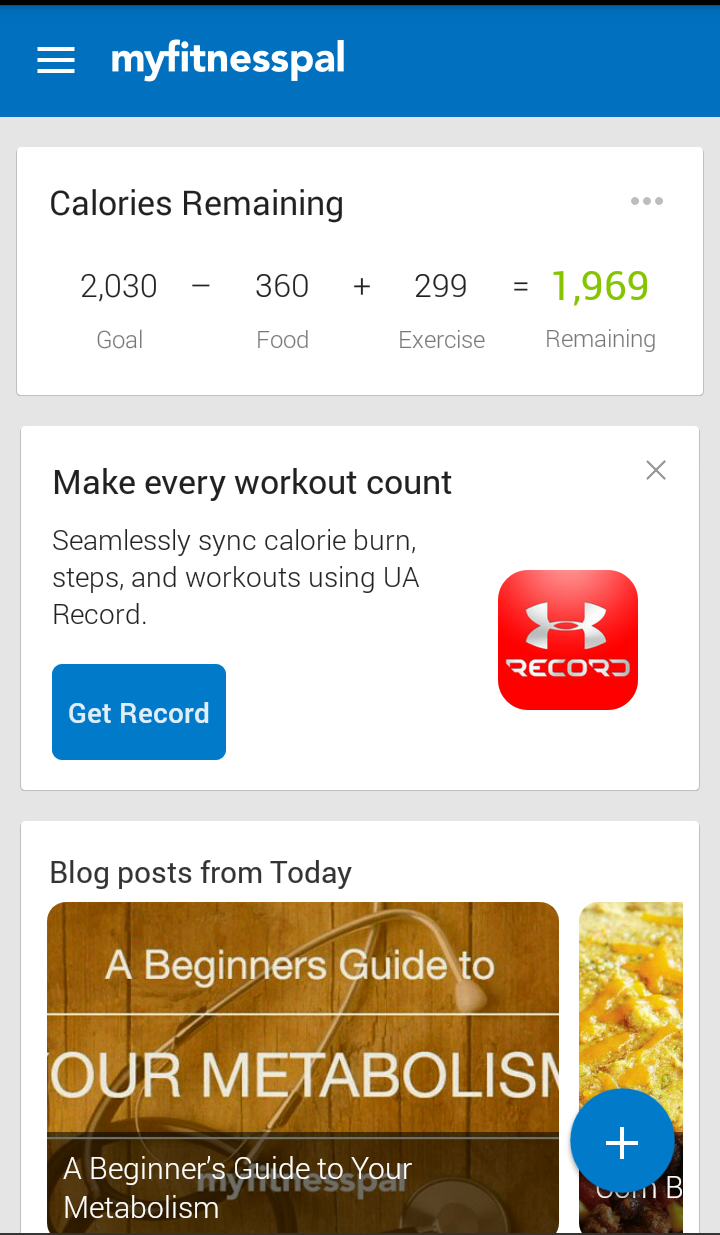How to Track Food Intake with Less Fuss
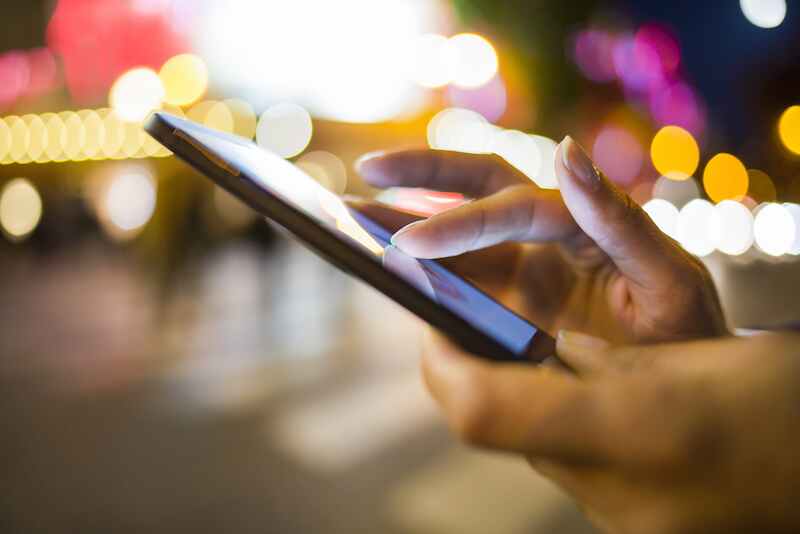
If you're exasperated, rather than exhilarated, by the options out there for apps that track your meals, one reason may be that many of these apps are too busy or complicated. Some people will take all the tools and widgets that they can get, but some users just want to record eating a spinach omelet, and move on with their lives.
Fortunately, a desire for simplicity may help you narrow the field of meal-journaling apps to find one that suits your no-nonsense style. To help sort out the numerous options, Live Science talked with an expert to find out the most important aspects of your diet to track, and we tested out a number of popular apps, looking for ones that are easy to navigate and keep the data-entry process streamlined.
The first step is to establish why you want the app. "Finding the right app for what you're struggling with, or what you want to improve, is going to be ideal," Marina Chaparro, a clinical dietitian and a spokeswoman for the Academy of Nutrition and Dietetics, said in an interview with Live Science. For example, people who want to use a food diary to help manage their diabetes might need to focus more on tracking their carb intake than would someone who doesn't have diabetes.
A common goal of people who track their food is to lose weight. Indeed, experts support the idea that monitoring what you eat and drink can help you lose pounds. For example, in one study, researchers observed 123 postmenopausal, overweight and obese women over the span of a year. These women were put on two different diets and, overall, lost about 11 percent of their body weight (around 19 lbs., or 8.6 kilograms), on average. But regardless of which diet the women followed, the women who completed food journals lost about 4 percent more weight (about 6 lbs., or 2.7 kg), on average, than those who didn't track their food regularly, according to the findings, published in 2012 in the Journal of the Academy of Nutrition and Dietetics.
The National Institutes of Health, the American Heart Association and the American Council on Exercise all encourage uncomplicated forms of food journaling, sticking to the basic steps of writing what you eat, noting how you feel emotionally and physically, and reviewing your journal.
For people who have their sights set on weight loss, Chaparro recommended monitoring calories and portion sizes. But another, simpler option is to track your meals visually. "Using food logs with pictures could be helpful for some people because it shows you in a visual way how much you're eating, without necessarily having to put [in] all the calories," Chaparro said. [The Best Ways to Lose Weight]
Other people might want to track what they're eating to see if they're following a healthy diet. For people whose primary goal is nutrition, rather than weight loss, Chaparro recommended focusing on recording fiber, calcium and healthy fats (monounsaturated and polyunsaturated) in addition to calories. She said tracking these few macronutrients can be a shortcut to evaluating the healthfulness of food, because food that's high in these macronutrients is more likely to be nutritious overall.
Get the world’s most fascinating discoveries delivered straight to your inbox.
Best visual food diary
Our pick for the best visual food diary is MealLogger (free; iOS, Android). The first striking advantage of this app is that it's quick to set up. Unlike other apps that start with pages of semi-invasive questions — such as the user's height, weight and age — MealLogger asks only for your name, your email and a password. Then, it's up and running. The trade-off is that this app lacks the personalized recommendations that the answers to those intrusive questions make possible.
The home page of MealLogger looks like a stripped-down version of Instagram, although users can create pictureless posts as well. Users can create or join groups, and posts run on a live feed with options to favorite, like, comment and share them (via Facebook, text, email, Twitter and other options). Taking a picture of food is simple, and users can label each photo as a meal, an exercise or a status. Users can also give a (very) rough breakdown of the type of food they ate, by saying how many portions of a food group it represents. Note that users can manually input the grams of carbohydrates, fat and proteins in a meal, but the app will also estimate these numbers automatically, from the few basic details about the meal that the user provides.
The app also includes options for manually tracking your sleep time, the number of steps you take and your body weight — as well as your goals for each of those — but that feature is nothing special. Another menu offers simple daily and weekly summaries of your progress in all of the areas you can track, and nutrition estimates that (again, roughly) calculate the amount of calories, fats, proteins, carbs and alcohol in your food. [Diet & Weight Loss: The Best Ways to Eat]
Best middle-of-the-road app
For those who want just a bit more detail in tracking their nutrients, Calorie Counter by Yazio (free; iOS, Android) is our pick. This app has a clean diary function and a searchable database of foods. To add a food to the diary, users can search the database. When they think they've found the food they want, they can click on it to see more information. Or, if they know it's what they want, they can simply swipe right to add it to the diary, which is a nice simplification for those who want fast tracking.
The app lets you scan food bar codes with your phone, and use autofill to pull in the nutritional information. However, in our tests, the app failed to identify some store-bought chips. You can also manually enter nutrition information.
The diary also lets you enter your exercise sessions; the app includes a searchable database of activities, and will use that database to estimate the number of calories you burned during your workout.
Users of the app's free version can record their weight, but people who buy the Pro version ($6.99 per month, $12.99 for three months, $24.99 for a year) can record a variety of body measurements, including body fat, muscle mass and blood pressure. Your nutrition, fitness and body measurements are all placed automatically in graphs that track changes over 30 days, or for Pro users, a year. A Pro upgrade is also ad-free and lets users set goals based on popular diets, such as the Paleo diet or a low-fat diet.
In the free version, calories are the only nutrient tracked over time, although full nutrient information is available if users are willing to look individually at each food they've recorded. Pro keeps track of your intake of carbohydrates, protein and fat with graphs, and gives you a breakdown of some macronutrients in the summary logs for each day. In either version, users who want to watch fiber or healthy fat intake over time will have to dive into the data to find the information they want.
This app takes more effort than does MealLogger (and is not as fun) but also gives more information, especially through the Pro upgrade. [The Best Health and Fitness Apps]
Best borderline-busy choice
The Calorie Counter & Diet Tracker by MyFitnessPal (free, iOS, Android) is a well-known and well-liked meal-tracking app. Its most-loved feature is the food scanner, which allows users to scan the bar code on their foods with their smartphone camera to automatically input a detailed nutrition breakdown of what they ate. However, this sometimes requires a couple of extra steps, such a choosing exactly which food your bar code matches, but all in all, it's an efficient process.
MyFitnessPal's app also has an abundance of fancy tools, but they are easy to use. The food diary is straightforward and includes a running calorie count and options for note taking. There are progress graphs for weight loss, with an option to add photo entries. It also has fitness- and nutrition-goal setting, which come with recommended goals (even for macronutrients) that you have the option to adjust. Users can join challenges, blog, become part of the various MyFitnessPal communities, and sync up to other fitness apps and devices.
This app has a lot of features and is therefore much busier than the aforementioned options. The home page is full of blog posts, ads and recommendations for other apps, which users might find overwhelming. Upgrading to premium is pricey ($9.99 per month, $49.99 per year), but removes the ads and allows for even more-detailed food analysis. This tracker has many great, useful and easy-to-use features, but users could become caught up in more intricate tracking than they'd prefer.
Follow us @livescience, Facebook & Google+. Original article on Live Science.


